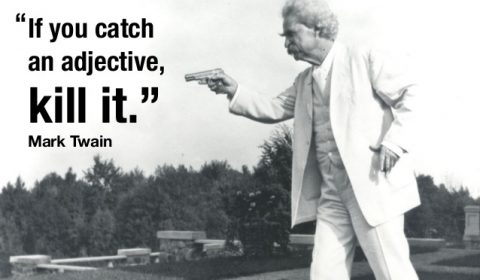by India Johnson
After you’ve submitted your writing sample and/or portfolio, it’s time to prepare for the in-person interview. Take a deep breath, relax, and follow these interview tips:
Learn about the company and position. Do research. Learn about upper management (LinkedIn is a great tool). Read about the projects the company has worked on. Carefully read the job description to familiarize yourself with the required responsibilities.
Prepare brief answers to typical interview questions. Your answers should be clear and concise. Typical interview questions include:
- Tell me about yourself.
- Tell me about a recent project.
- What do you love most about writing?
- Tell me about your writing process.
- What do you do in your free time?
Prepare questions for the interviewer. This shows your industry knowledge, and also it reminds them that they are being interviewed as well. You must decide if you want the position if it is offered. Typical questions to ask include:
- What will a successful year look like for this position?
- Why is the position open?
- How do you train new writers?
- When are you looking to make a hiring decision?
Arrive early. If you are not early than you are late. Don’t make a bad first impression.
Dress Professionally. Here are some tips for what to wear for the job interview.
Take Notes. You may not remember everything that was discussed during the interview. Take brief notes for reminders once you get home.
Send a ‘Thank You’ note. After the interview send an email or mail a note to thank the interviewer for their time.








